Tree rings identify unprecedented spike in radiocarbon levels occurring 14,300 years ago
An international group of scientists have found evidence of a colossal solar storm, the largest ever identified, that took place precisely 14,300 years ago. The research exposes the Sun’s erratic behavior and its potential threats to our modern world.
Solar storms, often referred to as “space weather” events, are disturbances in the Sun’s atmosphere that can impact space and the Earth’s environment. They are caused by the Sun’s magnetic energy and result from various phenomena, including solar flares, coronal mass ejections (CMEs), and high-speed solar wind streams.
By examining ancient tree rings from the French Alps, the team detected a surge in radiocarbon levels from precisely 14,300 years ago. This spike is believed to have been caused by a solar storm of unimaginable magnitude.
Such a solar storm today could wreak havoc on our technologically-driven society. Telecommunications, satellite systems, and electricity grids could be rendered useless, leading to substantial financial losses amounting to billions. The impact on daily life and business would be severe.
“Extreme solar storms could have huge impacts on Earth. Such super storms could permanently damage the transformers in our electricity grids, resulting in huge and widespread blackouts lasting months,” says Tim Heaton, Professor of Applied Statistics in the School of Mathematics at the University of Leeds, in a statement. “They could also result in permanent damage to the satellites that we all rely on for navigation and telecommunication, leaving them unusable. They would also create severe radiation risks to astronauts.”
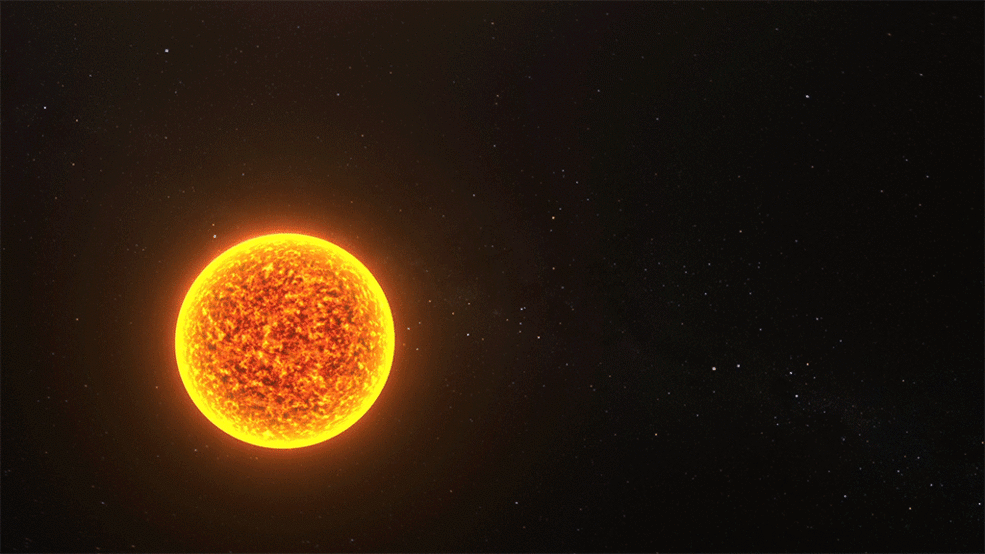
Interestingly, there have been nine such extreme solar storms, known as Miyake Events, in the last 15,000 years. However, the 14,300-year-old storm discovered recently dwarfs them all, being nearly double the size of the most recent ones in 993 AD and 774 AD.
Our knowledge of these Miyake Events is still limited since none have been instrumentally observed. They underline the immense uncertainties about the Sun’s actions and the potential risks it holds for Earth.
“Direct instrumental measurements of solar activity only began in the 17th century with the counting of sunspots. Nowadays, we also obtain detailed records using ground-based observatories, space probes, and satellites,” says Edouard Bard, Professor of Climate and Ocean Evolution at the Collège de France, and lead author of the study.
However, all these short-term instrumental records are insufficient for a complete understanding of the Sun. Radiocarbon measured in tree rings, used alongside beryllium in polar ice cores, provide the best way to understand the Sun’s behavior further back into the past.”
Why Are Tree Rings So Valuable To Scientists?
Each year, trees form a new layer of growth right beneath their bark. These growth layers, or rings, vary in width depending on the environmental conditions the tree experienced that year. In good growing conditions (like a wet year), a tree might produce a wider ring, and in a poor year (like during a drought), it might produce a narrower ring.
When a massive solar storm occurs, it ejects a large number of energetic particles towards Earth. These particles interact with the Earth’s atmosphere and increase the rate at which radiocarbon (Carbon-14) is formed. This radiocarbon gets absorbed by living organisms, including trees. Hence, the tree rings formed during the year of a solar storm would contain a higher level of radiocarbon compared to the rings from other years.
By measuring the radiocarbon levels in each ring, scientists can identify spikes that indicate years when solar storms occurred.
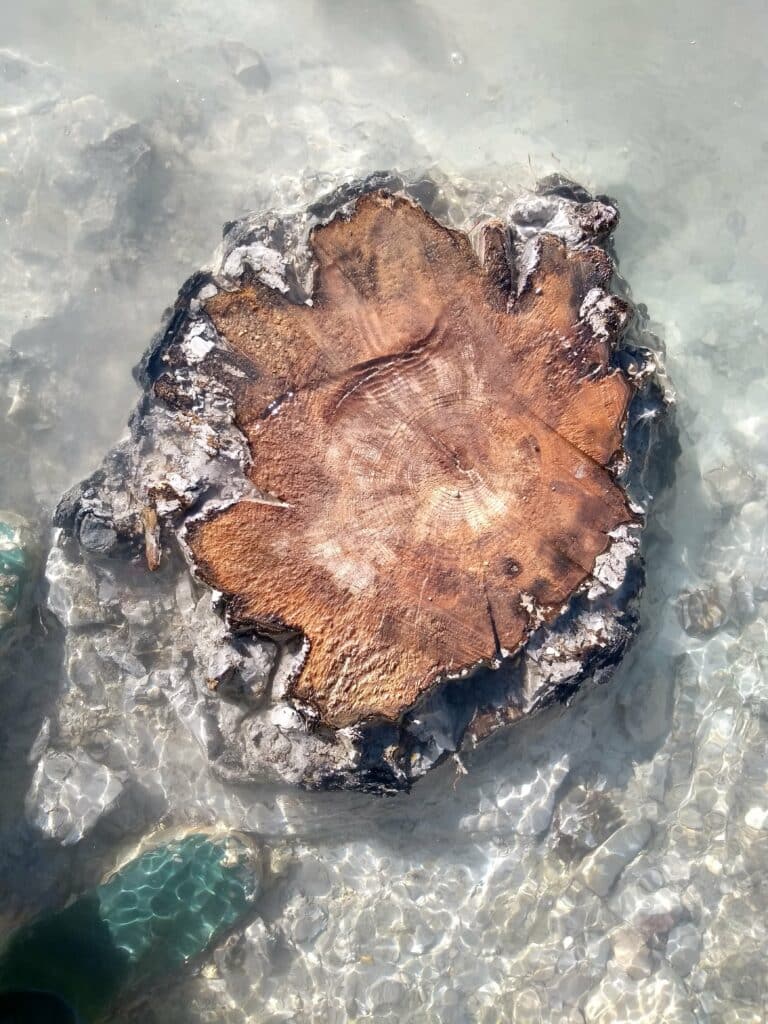
“Radiocarbon is constantly being produced in the upper atmosphere through a chain of reactions initiated by cosmic rays,” adds Bard. “Recently, scientists have found that extreme solar events including solar flares and coronal mass ejections can also create short-term bursts of energetic particles which are preserved as huge spikes in radiocarbon production occurring over the course of just a single year.”
In this study, researchers focused on ancient trees preserved within the eroded banks of the Drouzet River, near Gap, in the Southern French Alps. These tree trunks are subfossils, meaning their fossilization process is not complete. This incomplete fossilization keeps the original organic matter of the tree preserved, which means the radiocarbon within them is still measurable.
The researchers sliced these subfossil trees into tiny single tree rings and analyzed them individually. Dendrochronology, the science of dating events by studying tree ring growth patterns, was employed. By comparing the widths of individual rings across multiple tree trunks, the team assembled a continuous timeline. This extended record enabled them to accurately date the radiocarbon spike to precisely 14,300 years ago.
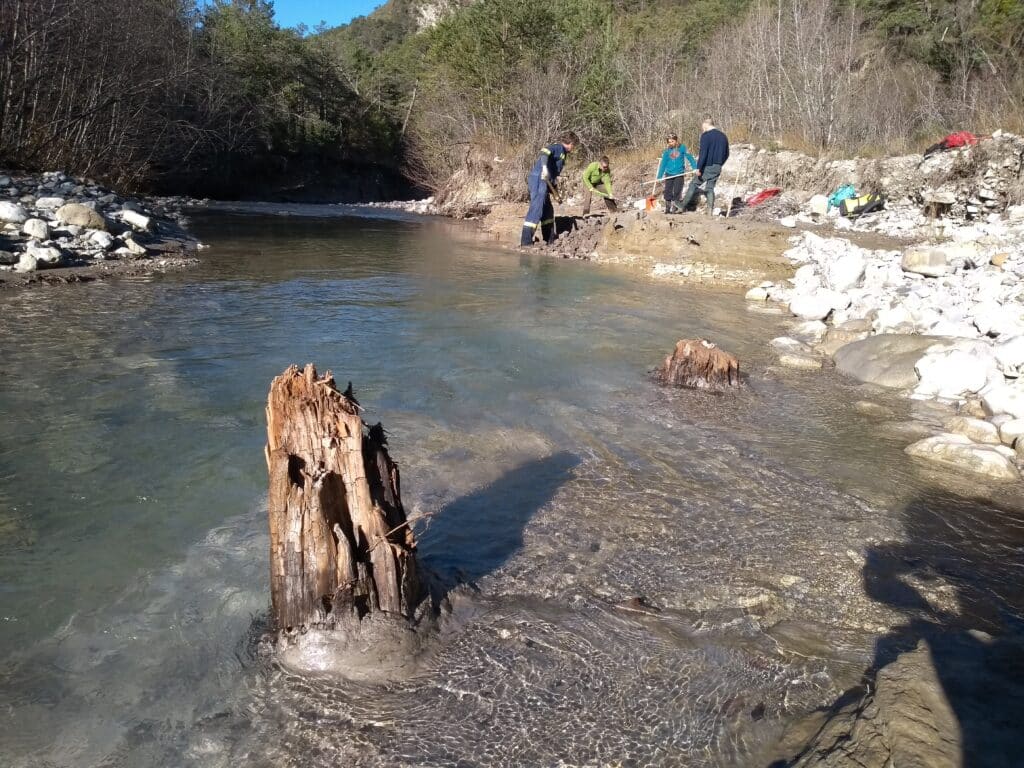
The most significant recorded solar storm in modern times, known as the Carrington Event, occurred in 1859. It was so powerful that it not only damaged telegraph machines but also caused a bright night-time aurora. Birds were tricked into thinking it was dawn and began singing. Still, the ancient Miyake Events, including the newly discovered one, were vastly more powerful.
Professor Heaton emphasized the importance of understanding our past to predict and prepare for future challenges. “Radiocarbon provides a phenomenal way of studying Earth’s history and reconstructing critical events that it has experienced,” he says. “A precise understanding of our past is essential if we want to accurately predict our future and mitigate potential risks. We still have much to learn. Each new discovery not only helps answer existing key questions but can also generate new ones.”
This research serves as a reminder of our vulnerability to space weather and the necessity of safeguarding our technologies from potential solar threats. The findings are published in the journal Philosophical Transactions of the Royal Society A.
More On Solar Storms
Solar storms send a stream of charged particles, like electrons and protons, hurtling into space. When these charged particles collide with the Earth’s magnetic field, they can create disruptions. Imagine the Sun having a colossal hiccup, and this hiccup sends ripples that can shake our planet’s technological systems. These ripples can lead to beautiful displays called auroras (like the Northern Lights), but they can also interfere with satellites, power grids, and communication systems on Earth. So, while solar storms can produce stunning natural light shows, they can also pose challenges to our modern tech-driven world.
Here’s a closer look at the different kinds of solar storms:
1. Solar Flares:
Solar flares are sudden, intense bursts of energy and light that occur when magnetic energy that has accumulated in the solar atmosphere is suddenly released. They can last anywhere from minutes to hours and primarily emit X-rays and ultraviolet radiation. While solar flares can disrupt radio communications in the Earth’s atmosphere, especially in the polar regions, by themselves, they aren’t the main concern for Earth.
2. Coronal Mass Ejections (CMEs):
CMEs are the most energetic events in our solar system. They involve massive bubbles of gas threaded with magnetic field lines rising from the solar corona or being thrust out into space. These charged particles can travel at speeds ranging from 250 to 3,000 kilometers per second. When the Earth lies in the path of a CME, the charged particles can collide with the Earth’s magnetic field, potentially causing geomagnetic storms.
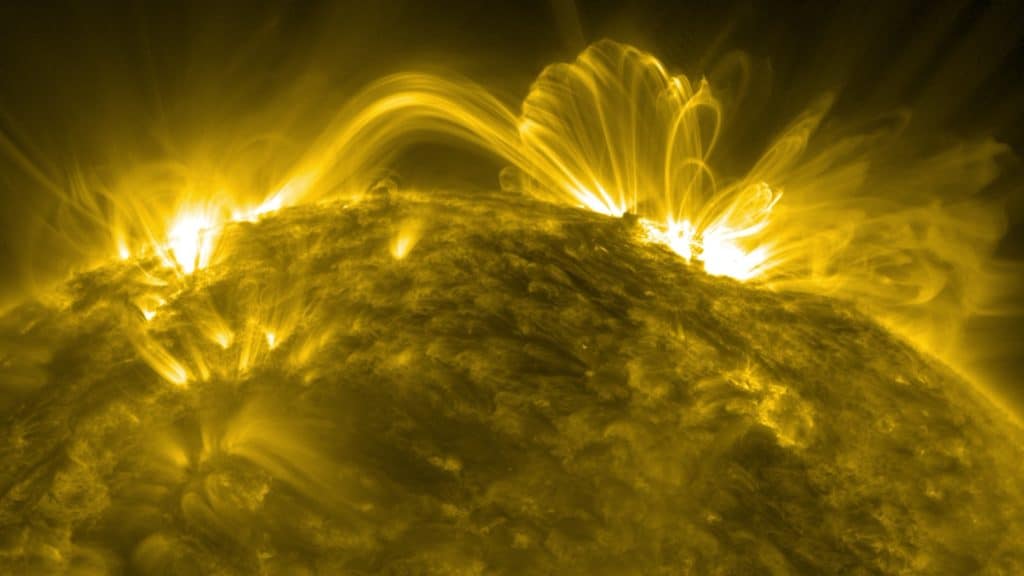
3. Geomagnetic Storms:
When the charged particles from a CME collide with the Earth’s magnetic field, it can produce currents of charged particles. These currents can then induce geomagnetic storms in the Earth’s magnetosphere. Strong geomagnetic storms can interfere with satellites, disrupt power grids, and even lead to auroras (Northern and Southern Lights).
4. Solar Wind Streams:
The Sun continuously emits a flow of charged particles called the solar wind. At times, the speed of this wind can increase, leading to high-speed solar wind streams. These streams can interact with the Earth’s magnetosphere, leading to minor geomagnetic disturbances.
Impact of Solar Storms:
Solar storms can have various impacts on the Earth and its technological systems:
- Satellites: Solar storms can affect satellite electronics and interfere with their operations.
- Power Grids: Geomagnetically induced currents from strong solar storms can affect power grid equipment, potentially leading to blackouts.
- Navigation and Communication: Solar storms can disrupt radio communications, especially those that rely on high-frequency bands. They can also affect GPS accuracy.
- Astronauts: People in space are outside the Earth’s protective atmosphere and magnetic field, so they’re more exposed to the increased radiation from solar storms.
- Auroras: One of the most beautiful effects of solar storms is the aurora borealis (Northern Lights) and aurora australis (Southern Lights). These are colorful light displays in the Earth’s atmosphere caused by charged particles colliding with atmospheric gases.
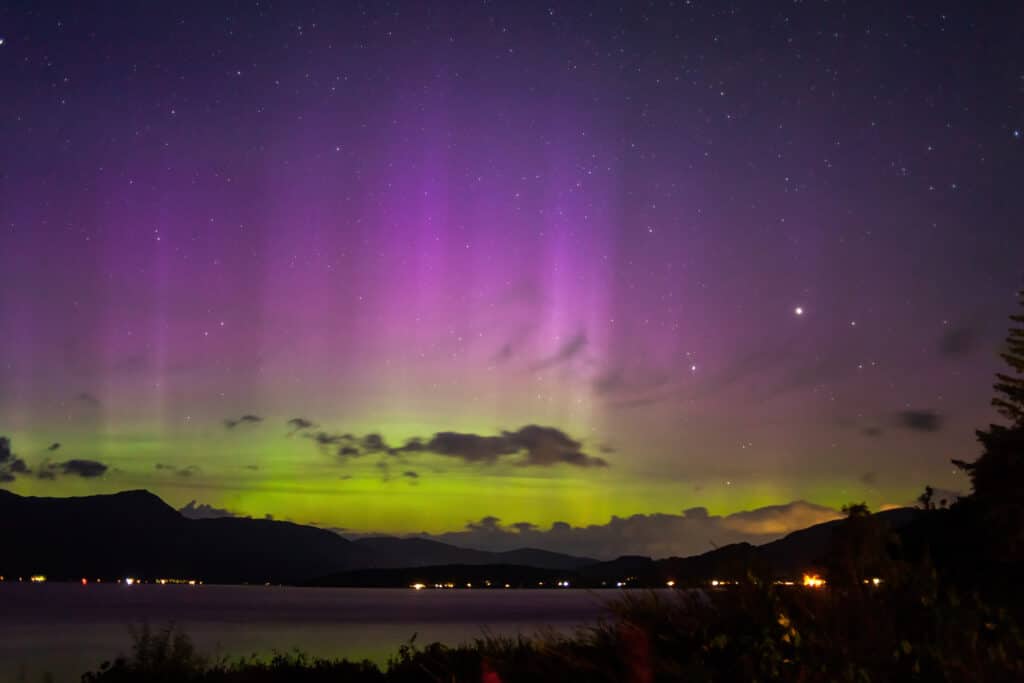
It’s worth noting that while solar storms can have disruptive effects on our technological infrastructure, they are natural phenomena that the Earth has been experiencing for billions of years. Our planet’s magnetic field does an excellent job of protecting us from most of the harmful effects of solar activity. However, with our increasing reliance on technology, understanding and monitoring solar storms becomes crucial to mitigating potential technological disruptions.
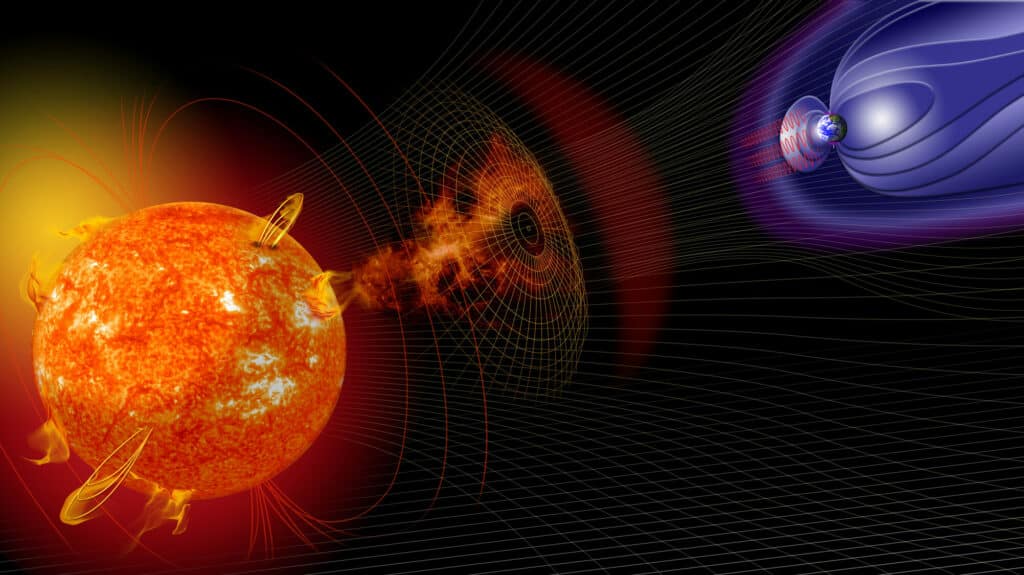












can these solar flares influence pace makers?